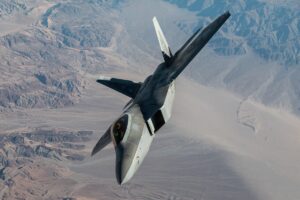
The U.S. Air Force tested emissions control (EMCON) tactics for the service's F-35A fighter by Lockheed Martin [LMT] in a combined Orange Flag and Black Flag exercise earlier this month. "We actually dived into some F-35 EMCON tactics so how do we turn on and off our things to manage our signatures a little better beyond just the radar spectrum," said Air Force Lt. Col. Mike "Pako" Benitez, director of staff for the Air Force 53rd Wing, the service's primary…














